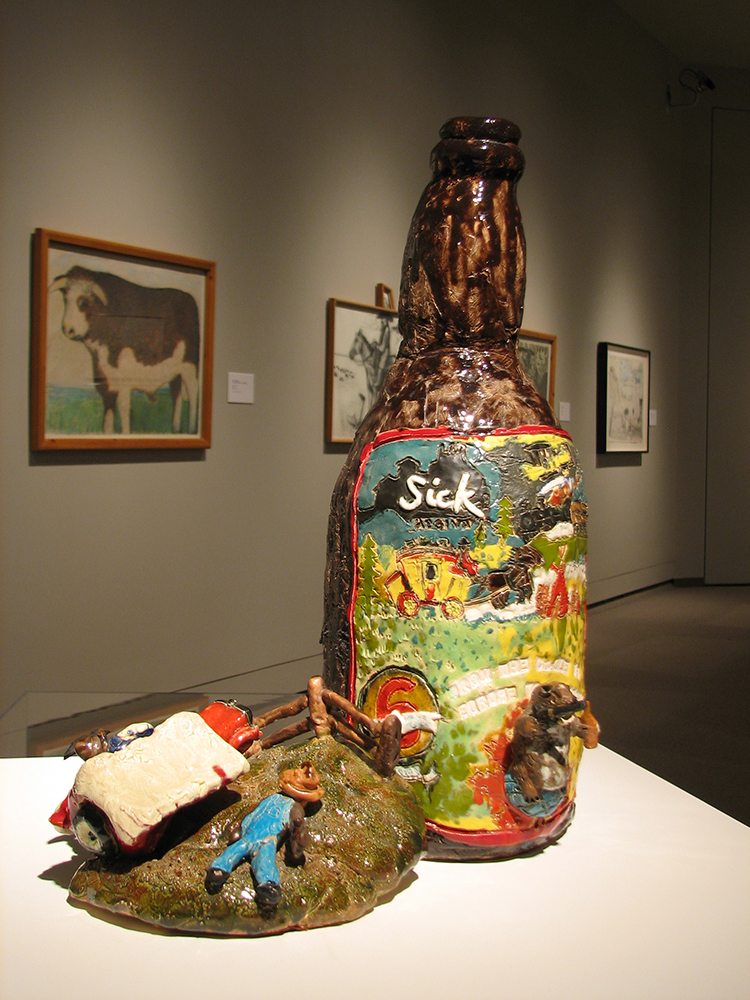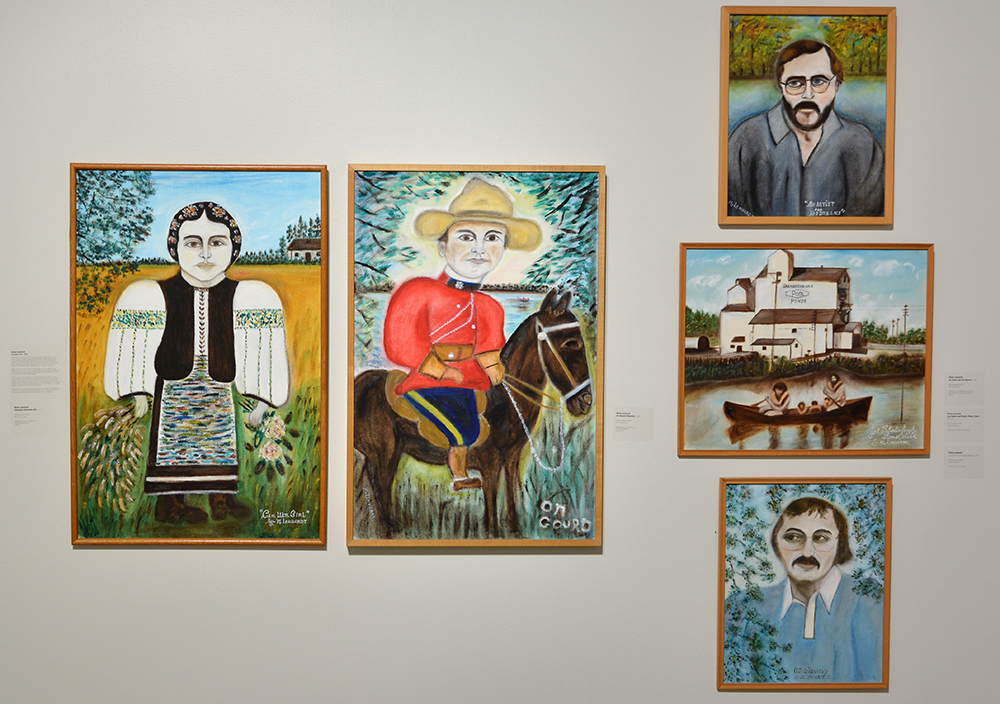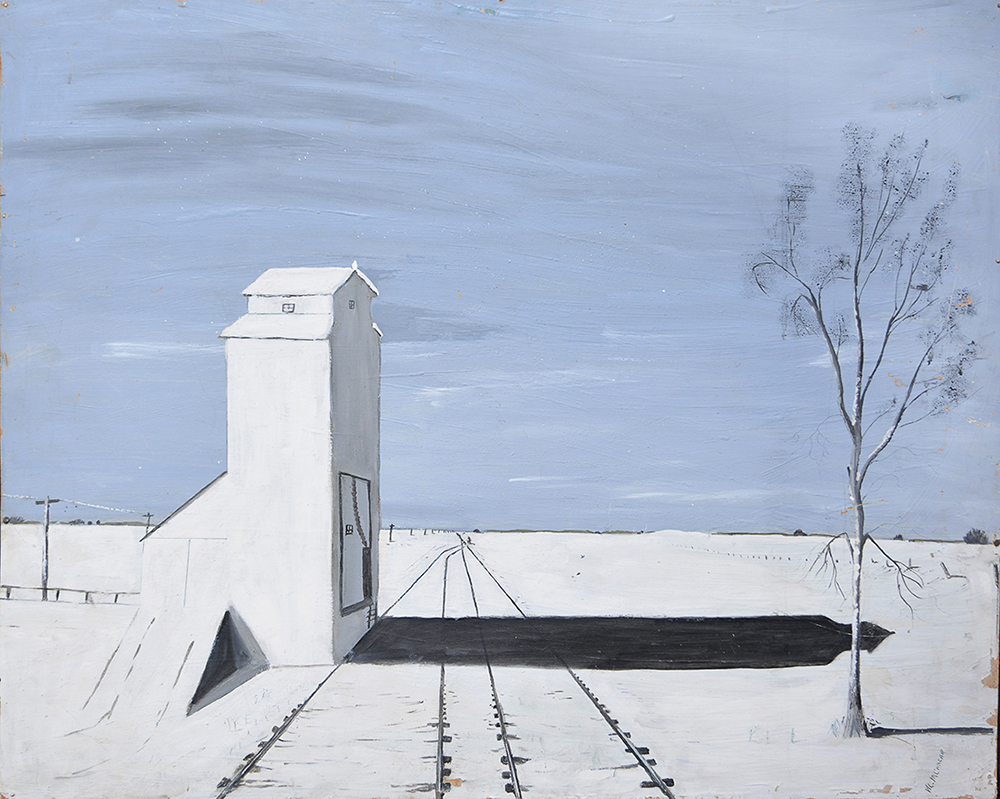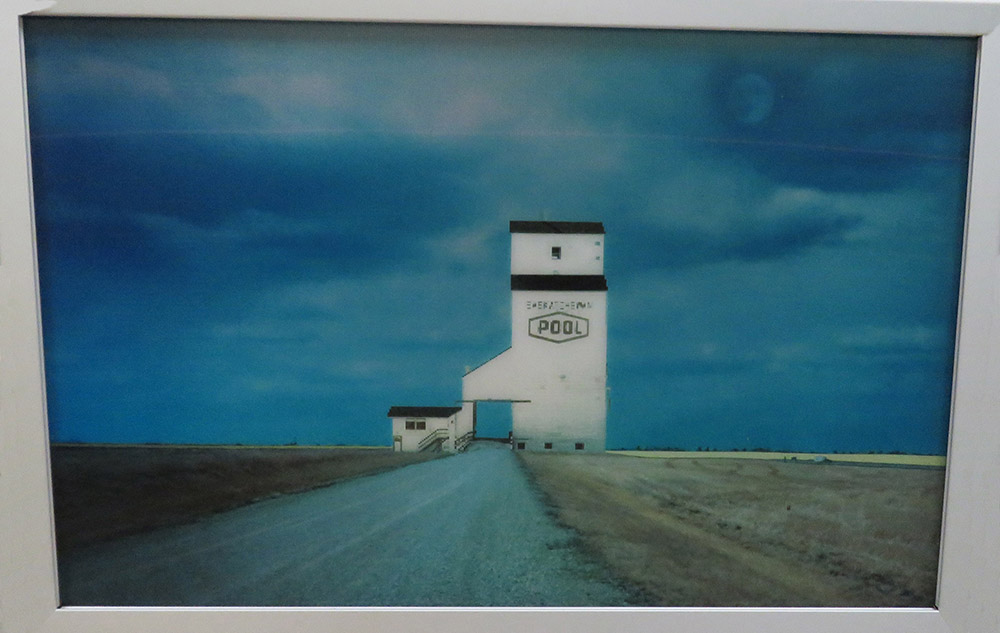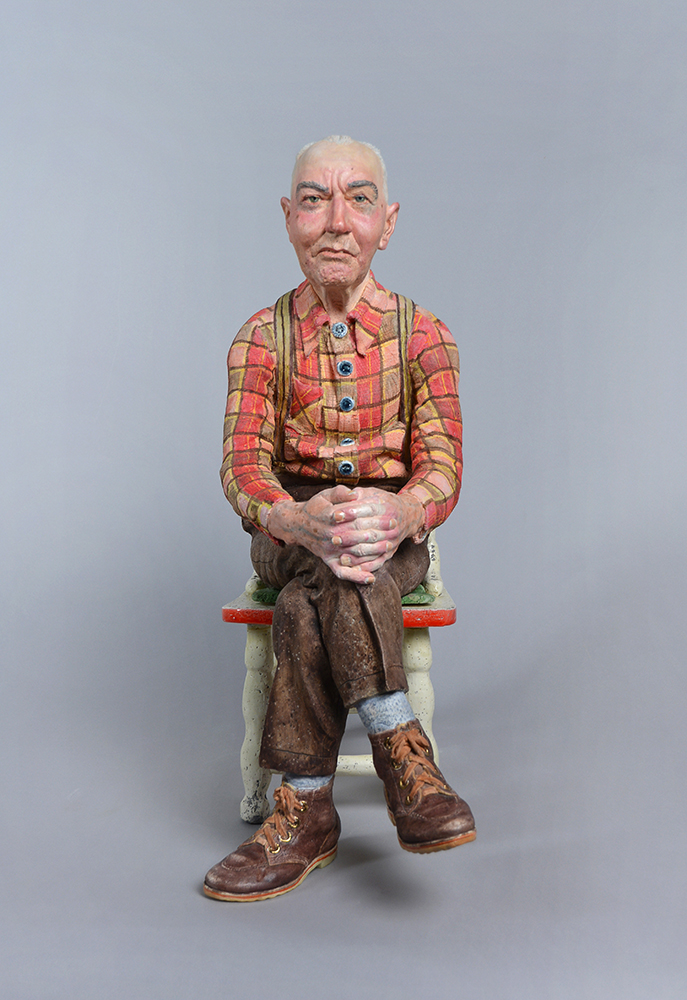Folk, Funk, and Other Connections
Saskatchewan has a long and strong history with vernacular art. This interest in Saskatchewan goes back to the 1950s, when folk art started being collected, exhibited, and written about:
Of all the provinces in Western Canada, Saskatchewan has the largest number of known self-taught artists, the longest history of showing their work, and the most complex interactions between untrained and trained artists, who accept the former as colleagues.
It is this connection and exchange between untrained and trained artists that makes this a unique, Saskatchewan story.
The growing interest in folk or vernacular art came at a time in Saskatchewan when a younger generation of artists in the 1970s weren’t interested in abstract art that had been the focus of the arts world in New York and other bigger cities in North America. These artists – Joe Fafard, Victor Cicansky, Russell Yuristy, and David Thauberger – wanted to make art about what they knew, what they had experienced, and about where they came from. These artists saw the work of untrained, vernacular artists, depicting life on the Prairies. It offered an example of regional art that was recognized and valued on a national scale. These artists also found inspiration in California Funk ceramics.
The West Coast style of California Funk ceramics used humor and surrealism to explore everyday life and popular culture. Cicansky, Thauberger, and Fafard were influenced by their time studying in California. There, they felt encouraged to value their own Prairie culture as a subject for art. While at the University of California at Davis, Cicansky met David Gilhooly, a California Funk artist. Gilhooly eventually came to Regina to teach ceramics at the University’s Fine Arts department.
Gilhooly’s ideas challenged traditional art forms, promoting the idea that ordinary people could create art. Abstraction had influenced painting and sculpture at the university since the 1950s. This California-turned-Regina Funk Art movement stood as a counter culture to that abstraction. It sparked a new, exciting ceramic movement on the Prairies. Clay was the perfect material for Gilhooly and the Regina Clay or Funk artists to challenge traditional high art. They used it to experiment with, play, and create works filled with humor and personal stories. In Regina, Gilhooly developed his Frog World series. Ceramic frogs acted as famous historical figures or recreated scenes from art history, like the cookie jar Galatea.
The Regina Funk artists recognized that they shared artistic values with many untrained, vernacular artists. They formed friendships with them, and began collecting their work. In 1976, David Thauberger helped organize an exhibition called Grassroots Saskatchewan at the Norman MacKenzie Art Gallery. It featured the work of sixteen Saskatchewan vernacular artists. That same year, Fafard, Yuristy, Thauberger, and Cicansky worked with several other artists, including Frank Cicansky, Molly Lenhardt, and Ann Harbuz, to create The Grain Bin, a whimsical prairie diorama, for the Montreal Olympics.
The connection and mutual respect between these artists is clear in Molly Lenhardt’s portraits of Thauberger, Cicansky, and the Fafard family. Thauberger often pays tribute to vernacular artists in his work. A Prairie Piece, for example, is inspired by Wesley Dennis’ painting of combines in a field. His lenticular light box, Prairie Sentinel/Winter Sentinel, honors William McCargar. McCargar often painted grain elevators from the same perspective at different times of day and in different seasons.
Joe Fafard also created clay portraits of vernacular artists Harvey McInnes, William McCargar and Jan Wyers, showing his admiration for them.
See Bibliography for sources.


